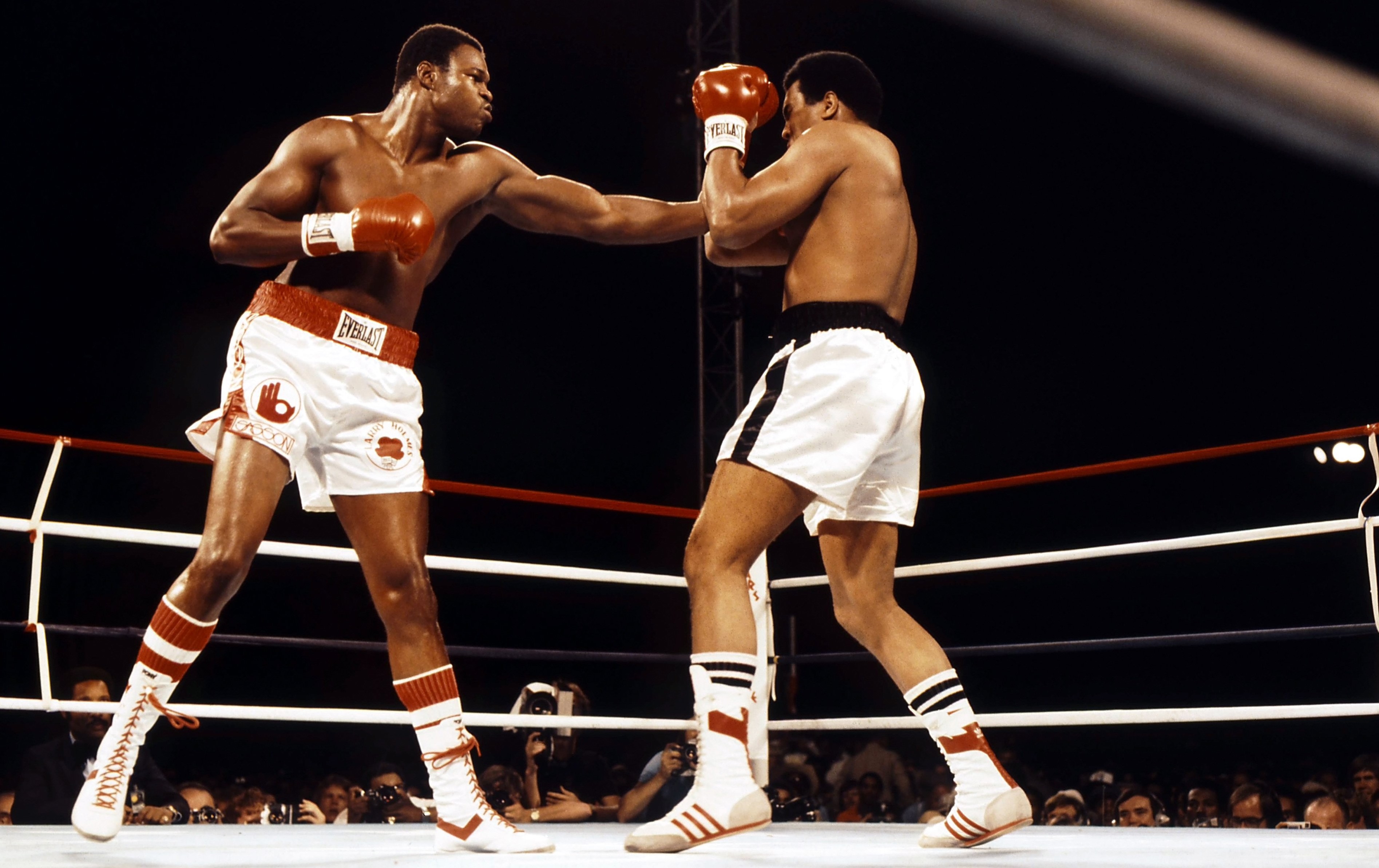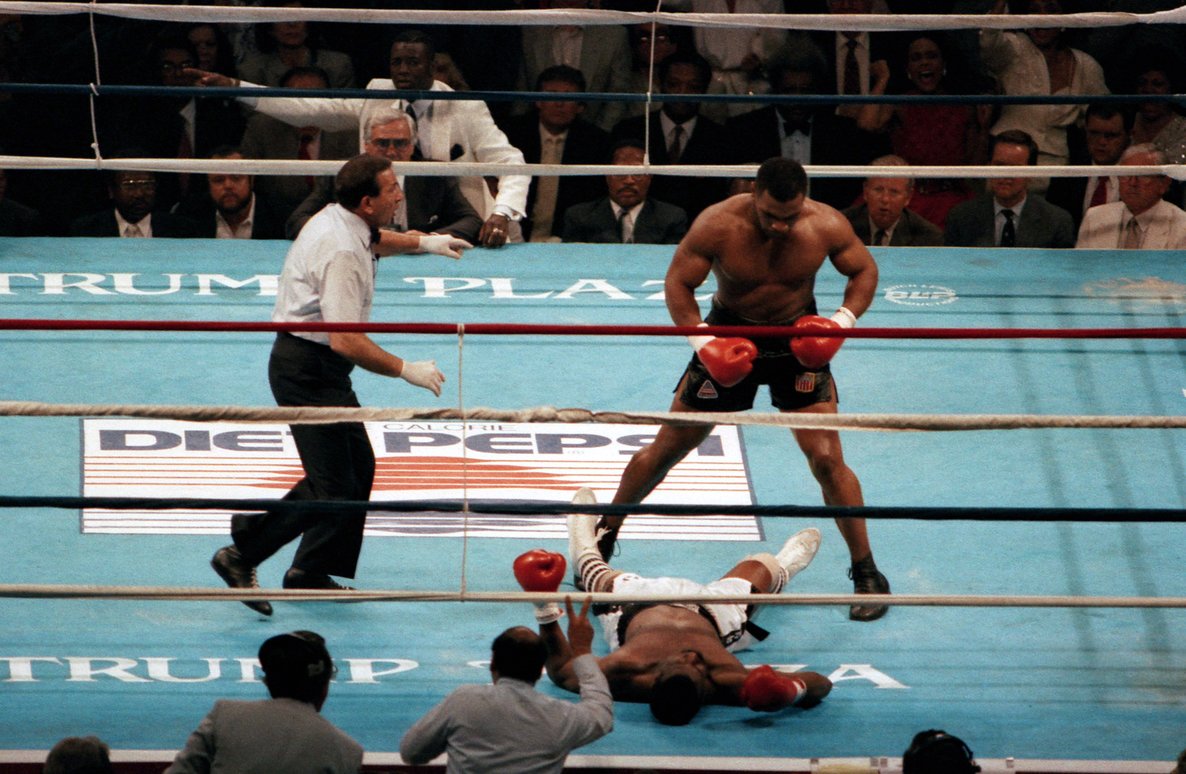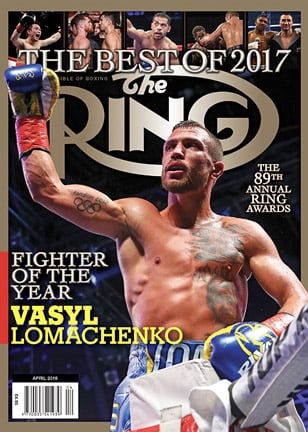The real heavyweight championship of the world and its history – Part 3

READ ON RINGTV.COM – THE REAL HEAVYWEIGHT CHAMPIONSHIP OF THE WORLD – PART 1
READ ON RINGTV.COM – THE REAL HEAVYWEIGHT CHAMPIONSHIP OF THE WORLD – PART 2
Joe Frazier vs. Muhammad Ali was a first of its kind: Two undefeated fighters with a defensible claim to the undisputed heavyweight championship meeting head-to-head. The contrast in ring styles, personalities and world views turned the fight into a geo-political phenomenon that gripped the world. The hype surrounding this contest was so intense that anything other than a ring classic would have been a major disappointment.
Needless to say, Frazier and Ali didn’t disappoint.
The fight unfolded in four distinctive parts. Ali won the early rounds with movement, pinpoint jabs and timely right crosses while Frazier dominated the middle rounds with his sickening body shots and hammer-like hooks to the jaw. In the final moments of round nine, a revitalized Ali enjoyed his best segment of the fight as his combinations struck with incredible accuracy. Unfortunately for Ali, his surge didn’t last long enough. Frazier, though his face was swollen and bloodied, came on strong in the “championship rounds” as he wobbled Ali badly in the final moments of the 11th and sealed the fight with a concussive hook to the jaw early in the 15th that left Ali flat on his back. The courageous Ali somehow regained his feet by referee Arthur Mercante’s count of four and even managed a mini-rally in the fight’s final minute, but after the final bell sounded everyone knew who the real champion was going to be — and it wasn’t Muhammad Ali.
Frazier won going away: 11-4, 9-6 and 8-6-1 under the rounds system, and with that, “Smokin’ Joe” became the first universally recognized heavyweight champion of the world since Ali refused induction on April 28, 1967.
The line of succession held for the nearly the next seven years as Frazier lost the belt to George Foreman, who, in turn, lost the title to Ali. On February 15, 1978 Ali shockingly dropped the title to Leon Spinks, who, on March 18, 1978, announced he would fight Ali a second time instead of Ken Norton, the WBC’s mandatory challenger. The WBC voted 15-2 to strip Spinks of its title and retroactively named Norton its champion thanks to his decision victory over Jimmy Young the previous November, a fight that was considered a title eliminator.

Larry Holmes (left) achieved lineal status when he defeated Muhammad Ali (right). Photo by THE RING Archive
Norton’s title reign was painfully brief — just 83 days — because on June 9, 1978 he lost the belt to Larry Holmes by a sensational, one-point-across-the-board split decision. Similarly, Spinks’ time atop the heavyweight mountain lasted just seven months as a revitalized Ali danced his way to a convincing unanimous decision victory September 15, 1978 at the Louisiana Superdome before a record indoor crowd of 63,350, a mark that would stand until Anthony Joshua’s win over Carlos Takam before approximately 80,000 a little more than 39 years later.
A reluctant Ali surrendered his WBA belt by announcing his retirement via letter on June 26, 1979. While Holmes maintained an iron grip on his WBC championship by scoring seven consecutive knockouts, the WBA strap jumped from John Tate (who out-pointed Gerrie Coetzee in South Africa to win the vacant title) to Mike Weaver (who scored a miraculous come-from-behind one-punch KO with 45 seconds left in the 15th and final round).
Although the titles would remain divided for several more years, Holmes had a chance to defeat the previous owner of the line of succession when a 38-year-old Ali emerged from a two-year retirement to challenge “The Easton Assassin,” who, in an earlier life, had been Ali’s sparring partner.
Thanks to a combination of training and thyroid medication, Ali melted off 37 pounds to come in at 217 1/2, his lightest weight since regaining the undisputed championship from Foreman. Unfortunately for Ali and his millions of fans, his beautiful exterior concealed the years of abuse and decay that had been wrought. From the first second of round one to the end of round 10 Holmes methodically dismantled the shell of Ali. The end came between rounds 10 and 11 when chief second Angelo Dundee told referee Richard Greene he was stopping the fight, an act which passed the line of succession to the 30-year-old Holmes. His claim of supremacy was further strengthened by his 12th round TKO victory over future WBA counterpart Weaver.
The creation of the IBF in 1983 further complicated boxing’s titular universe, as did the WBO’s debut in 1988. Holmes gave up his WBC strap rather than face mandatory challenger Greg Page, but the IBF, in a bid to gain instant credibility, bestowed its blessing on “The Easton Assassin.” While names such as Tim Witherspoon and Pinklon Thomas passed around the WBC title and Weaver, Michael Dokes, Coetzee, Page and Tony Tubbs owned the WBA strap, Holmes remained the man most recognized as the “real” heavyweight champion of the world.
That all changed on September 21, 1985 when Michael Spinks scored a stunning unanimous decision victory to become the first reigning light heavyweight champion to dethrone a heavyweight titlist while also ending Holmes’ bid to equal Marciano’s 49-0 career mark.

Michael Spinks (right) took lineal status from Holmes (left). Photo by THE RING Archive
In January 1986, HBO, in conjunction with promoters Don King and Butch Lewis, announced the formation of a tournament designed to produce an undisputed heavyweight champion, the first since Leon Spinks in 1978. The price tag was $26 million, and the tournament began with a bang on March 22 as Trevor Berbick, a 7-to-1 underdog, toppled Thomas to win the WBC belt by narrow but unanimous decision. Twenty-eight days later Spinks retained his IBF title — and advanced to the tournament final — by defeating Holmes on a highly disputed split decision.
The tournament received a turbo boost on August 22, 1986 when the New York Times reported that Mike Tyson — the hottest heavyweight on the planet thanks to his string of explosive knockouts — would enter the tournament and fight for Berbick’s WBC title two-and-a-half months later. However, in order to officially earn his spot, he needed to defeat former cruiserweight titlist Alfonso Ratliff September 6, the co-feature to Spinks’ tournament bout (and IBF defense) against Steffen Tangstad. All went as planned as Spinks advanced by stopping Tangstad in four while Tyson cemented his tournament spot by obliterating Ratliff in two, then destroyed Berbick in two to capture the WBC belt.
But then, the bottom fell out on the tournament’s well-laid plans. First, Witherspoon was scheduled to meet Tubbs in a rematch on December 12, 1986, but a shoulder injury forced Tubbs to withdraw. In stepped the dangerous James “Bonecrusher” Smith, who stopped a reluctant and dispirited “Terrible Tim” in just 132 seconds to annex the WBA title and advance to the tournament semi-final against Tyson. Meanwhile, Spinks, already a tournament finalist, was ordered by the IBF to fight mandatory challenger Tony Tucker or lose his belt. He chose to drop the belt and fight a much more lucrative bout against Gerry Cooney in June 1987, which he won by fifth round TKO. That act, however, got Spinks booted out of the HBO tournament, so while Tyson filled one finalist bracket, the other was suddenly left vacant.
While Spinks remained on the sideline, tournament organizers formulated a Plan B. On May 30, 1987 in Las Vegas, Tucker met James “Buster” Douglas for the vacant IBF title while Tyson, in the main event, faced former champion Pinklon Thomas. Tyson, as expected, stopped Thomas in the sixth while Tucker captured the IBF belt, and secured his spot in the final, by halting Douglas in the 10th.
The HBO tournament final between Tyson and Tucker was staged just 63 days later. After absorbing a vicious uppercut in round one, Tyson settled down and out-boxed the toweringly tall Tucker en route to a unanimous decision victory to acquire all three belts. Tyson reinforced his status by stopping Tyrell Biggs, Larry Holmes and Tony Tubbs to set up the fight with Spinks, the owner of the line of succession. Ninety-one seconds after the opening bell, Tyson stitched together all frayed ends and became the universally recognized heavyweight champion.

And then Mike Tyson took lineal status from Spinks. Photo by THE RING Archive
In the intervening years, the line of succession has bounced from Tyson to Douglas, from Douglas to Evander Holyfield, from Holyfield to Riddick Bowe, from Bowe back to Holyfield, from Holyfield to Michael Moorer, from Moorer to Foreman, from Foreman to Shannon Briggs, from Briggs to Lennox Lewis, from Lewis to Hasim Rahman and from Rahman to Lewis, who retired and never returned. In some eyes, Wladimir Klitschko seized the honor by defeating David Haye to become a three-belt champion while others believe he gained that status by out-pointing Alexander Povetkin. Klitschko then lost to Tyson Fury, who won THE RING belt with his win over “Dr. Steelhammer” but whose out-of-the-ring issues forced two scheduled rematches with Klitschko to be postponed.
On October 3, 2016, the troubled heavyweight announced his retirement, but he remained RING champion until February 1, 2018 because there was hope he would change his mind, even after a two-year doping ban was imposed by UKAD (UK Anti-Doping). That ban ended December 12, 2017 and, later that same day, Fury tweeted “guess who’s back?” Fury is in the process of shedding the weight he’s gained since the Klitschko fight — a strong signal of his intent to return — so, once he makes that return, his name will re-enter the line-of-succession process.
Which brings us back to the “March Madness” fights between Wilder, Ortiz, Joshua and Parker. The sole survivor of this unofficial tournament will become the first man in the four-belt era to own all the available hardware since Tyson stopped Tucker in 1987. But now, with Fury’s anticipated return, another roadblock to full, universal recognition will be added to the process. So, while Spinks’ claim imposed one more step to Tyson’s quest to gain full recognition in some eyes, Fury’s will do the same for this year’s “Final Four” winner. If that winner is Joshua, an event that could rival — and perhaps surpass — Tyson-Spinks will result.
Therefore, if Joshua-Fury is the final result, it will prove once again that, in boxing, history can — and does — repeat itself.
Lee Groves is a boxing writer and historian based in Friendly, West Virginia. He is a full member of the BWAA, from which he has won 15 writing awards, including 12 in the last seven years and two first-place awards since 2011. He has been an elector for the International Boxing Hall of Fame since 2001 and is also a writer, researcher and punch-counter for CompuBox, Inc. He is the author of “Tales From the Vault: A Celebration of 100 Boxing Closet Classics (available on Amazon) and the co-author of the upcoming book “Muhammad Ali: By the Numbers.” To contact Groves, use the e-mail [email protected].
Struggling to locate a copy of THE RING Magazine? Try here or
Subscribe

You can order the current issue, which is on newsstands, or back issues from our subscribe page.















